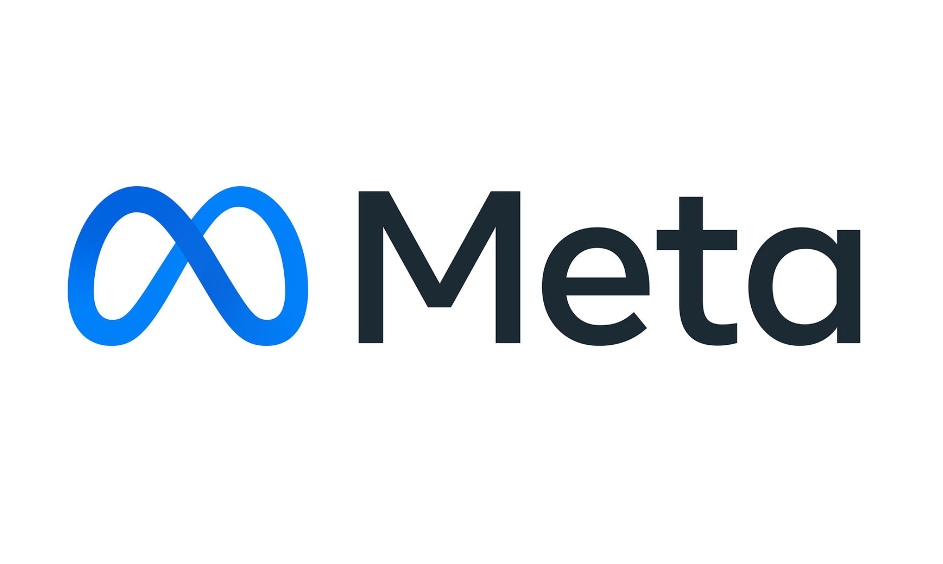Meta announced plans to invest in the construction of 1 to 4 gigawatts of nuclear power plants by 2030 to meet its rapidly growing AI computing power needs. This move has attracted widespread attention and highlighted the huge challenges that AI development poses to energy supply. Meta said it would issue a request for proposals to find developers that could provide needed nuclear power in the United States, favoring small modular reactors (SMRs) to reduce costs and improve safety. This is not Meta's first attempt to harness nuclear energy, with a previous project canceled due to environmental concerns. This article will delve into Meta’s strategic decision and the opportunities and challenges behind it.
Social media giant Meta recently announced that in order to support the development of its artificial intelligence (AI) technology, it is expected to require an additional 1 to 4 gigawatts of nuclear power by 2030. The plan has attracted widespread attention, and Meta said it will issue a request for proposals (RFP) to find developers who can provide the required power in the United States.

Meta mentioned in its blog that advancing future human connectivity technologies, including the next wave of AI innovation, will require the grid to expand and embrace new sources of reliable, clean and renewable energy. While Meta will continue to invest in solar and wind power, it and many large cloud providers appear to believe that nuclear energy is the only practical way to meet AI's power needs while also meeting its sustainability promises.
This isn't Meta's first foray into nuclear power. As mentioned in previous reports, Meta had planned to build a nuclear power data center at a certain location, but was forced to cancel the project due to the discovery of a rare bee species.
To support the development of its latest AI models (such as Llama3.1405B), Meta founder Zuckerberg has pledged to invest in approximately 600,000 GPUs, and these devices require a lot of power to run. While specific details of the RFP have not been revealed, Meta expects developers to provide between 1 and 4 gigawatts of nuclear power, signaling some uncertainty about future power demand.
Meta also mentioned in the blog that multiple small modular reactors (SMRs) may be deployed due to cost considerations. These small reactors, similar to those on nuclear submarines and aircraft carriers, can be co-located with data centers and other industrial buildings. Faced with the growing energy demand of AI, many cloud service providers have set their sights on SMR. Several companies on the market are actively developing related technologies, but so far no one has proven its commercial feasibility.
Despite this, many data center operators are still signing power purchase agreements with SMR providers. Recently, Oklo, a startup backed by Sam Altman, revealed that it has received letters of intent from two large data center providers to provide 750 megawatts of power. Giants such as Amazon and Google are also actively investing in nuclear energy. Amazon plans to cooperate with X-energy to build multiple SMRs, while Google has launched a similar cooperation with Kairos.
However, implementing these plans is not easy. Strict regulatory controls and public concerns about nuclear energy safety make even existing nuclear energy infrastructure facing challenges. Amazon's recent rejection by federal regulators of an application to increase power supply from its nuclear power plant in Pennsylvania illustrates the complexity and uncertainty of nuclear energy development.
Meta’s nuclear power plan demonstrates the tremendous pressure that AI development will place on energy demand, and also reflects companies’ pursuit of a balance between sustainable development goals and technological development. However, the application of nuclear energy still faces many challenges, and its future development remains uncertain. The maturity and commercial viability of SMR technology will be key factors in determining the success or failure of this initiative.